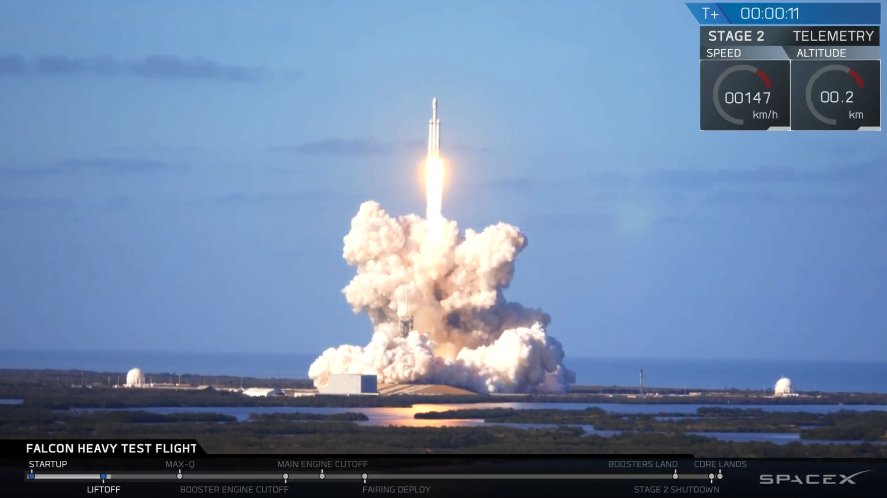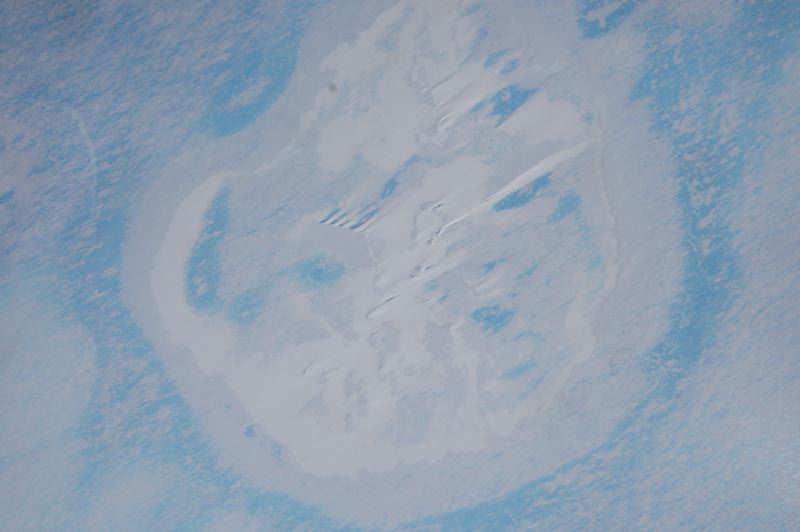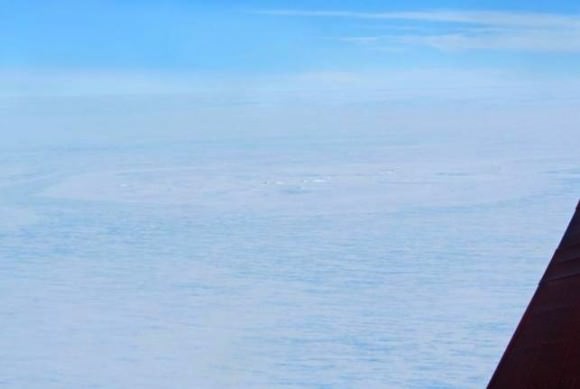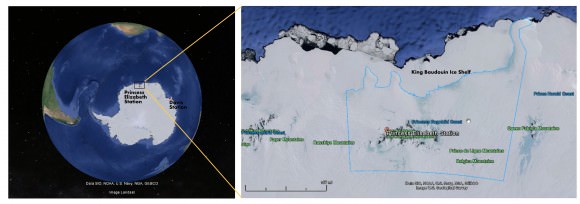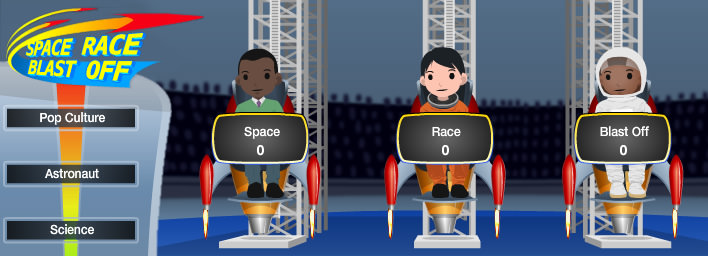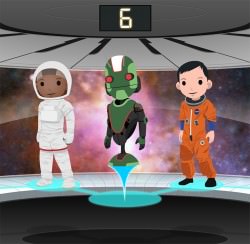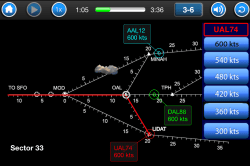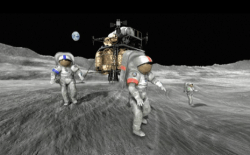About a week ago, it was revealed that the roughly 50 million Facebook profiles were harvested by Cambridge Analytica. This private data firm, which worked with Donald Trump’s election team and the Brexit campaign, reportedly used this data build a software program that could predict and influence voter choices. Since that time, Facebook stock has taken a serious hit, investigations have been mounted, and CEO Mark Zuckerberg himself has come under fire.
In addition, this revelation has led many Facebook users to reconsider their privacy settings or cancel their accounts. One such person is Elon Musk. In a move that could prove rather harmful for the social media giant, Musk recently responded to the news by deleting the official Facebook pages for Tesla and SpaceX. And in a rather ironic twist, the announcement came via another social media giant – Elon Musk’s twitter account.
It all began after Musk responded to a tweet posted by Brian Acton, the famed programmer and entrepreneur who co-founded WhatsApp and is the founder of Signal (an encrypted communications app). In what was clearly an act of jest, he responded to Acton’s statement (“It is time”) and use of the trending hashtag (#deletefacebook), by inquiring “What’s Facebook?”
I didn’t realize there was one. Will do.
— Elon Musk (@elonmusk) March 23, 2018
Naturally, no one was buying it, given that SpaceX and Facebook – and their respective CEOs) – have a rather colorful history of business relations. These include the failed launch that took place in September of 2016, where a Falcon 9 carrying a Israeli telecommunications satellite (which would have also been used by Facebook) exploded on the launch pad.
In response to the news, Zuckerberg posted a statement on Facebook that placed the blame for the failed launch squarely on Musk’s company:
“As I’m here in Africa, I’m deeply disappointed to hear that SpaceX’s launch failure destroyed our satellite that would have provided connectivity to so many entrepreneurs and everyone else across the continent.”
This old grudge was also raised on Twitter amidst the discussion about Facebook’s data breach, with a user reminding everyone about the incident. Musk brushed this aside, tweeting, “Yeah, my fault for being an idiot. We did give them a free launch to make up for it and I think they had some insurance.”
This led to a challenge being issued to Musk, where users wrote him and urged him to delete his company’s accounts. In what was arguably an attempt to keep the joke going, Musk responded by indicating that he didn’t know these accounts existed. He did, however, also promise to remove the accounts forthwith.
And it appears that Musk was true to his word. While SpaceX and Tesla still have Facebook pages and show up in searches, the official accounts appear to be gone. Musk chose to maintain the company’s official Instagram account though, and used the opportunity to once again stress that he had little use for Facebook:
“Instagram’s probably ok imo, so long as it stays fairly independent. I don’t use FB & never have, so don’t think I’m some kind of martyr or my companies are taking a huge blow. Also, we don’t advertise or pay for endorsements, so … don’t care.”
Well, martyr or not, Musk appears to have put his money where his mouth is. And of course, his twitter feed is still going strong and there is no indication he plans on turning that off anytime soon! And whether this was intended as as slight to Zuckerberg or a sincere expression of indifference, it is likely that Musk’s move could prompt more users to delete their accounts.
But of course, the social media giant will survive. And given Zuckerberg‘s and Musk‘s competing visions to provide global broadband internet access using satellites, its a certainty that the two entrepreneurs are not done with each other!

